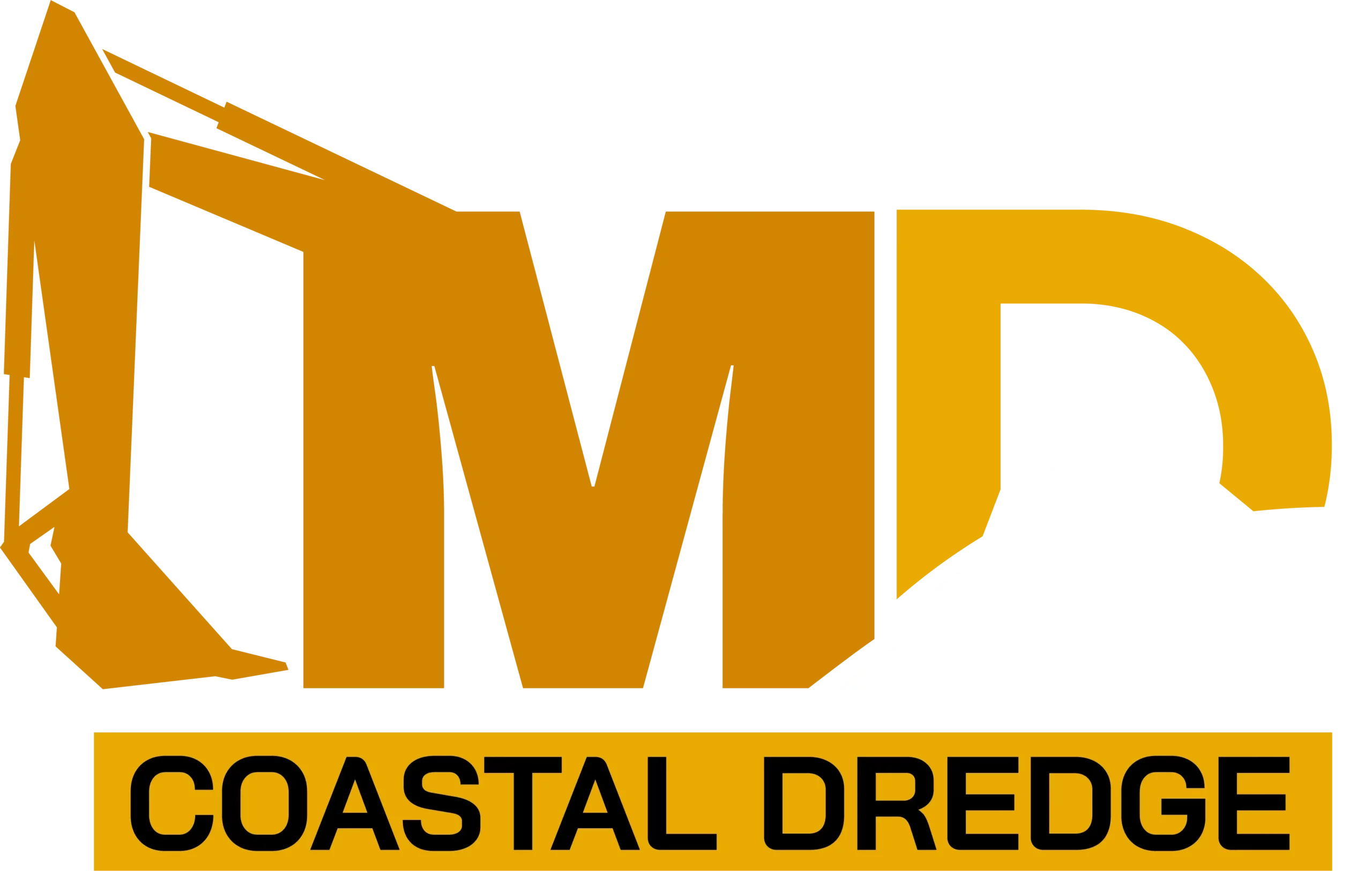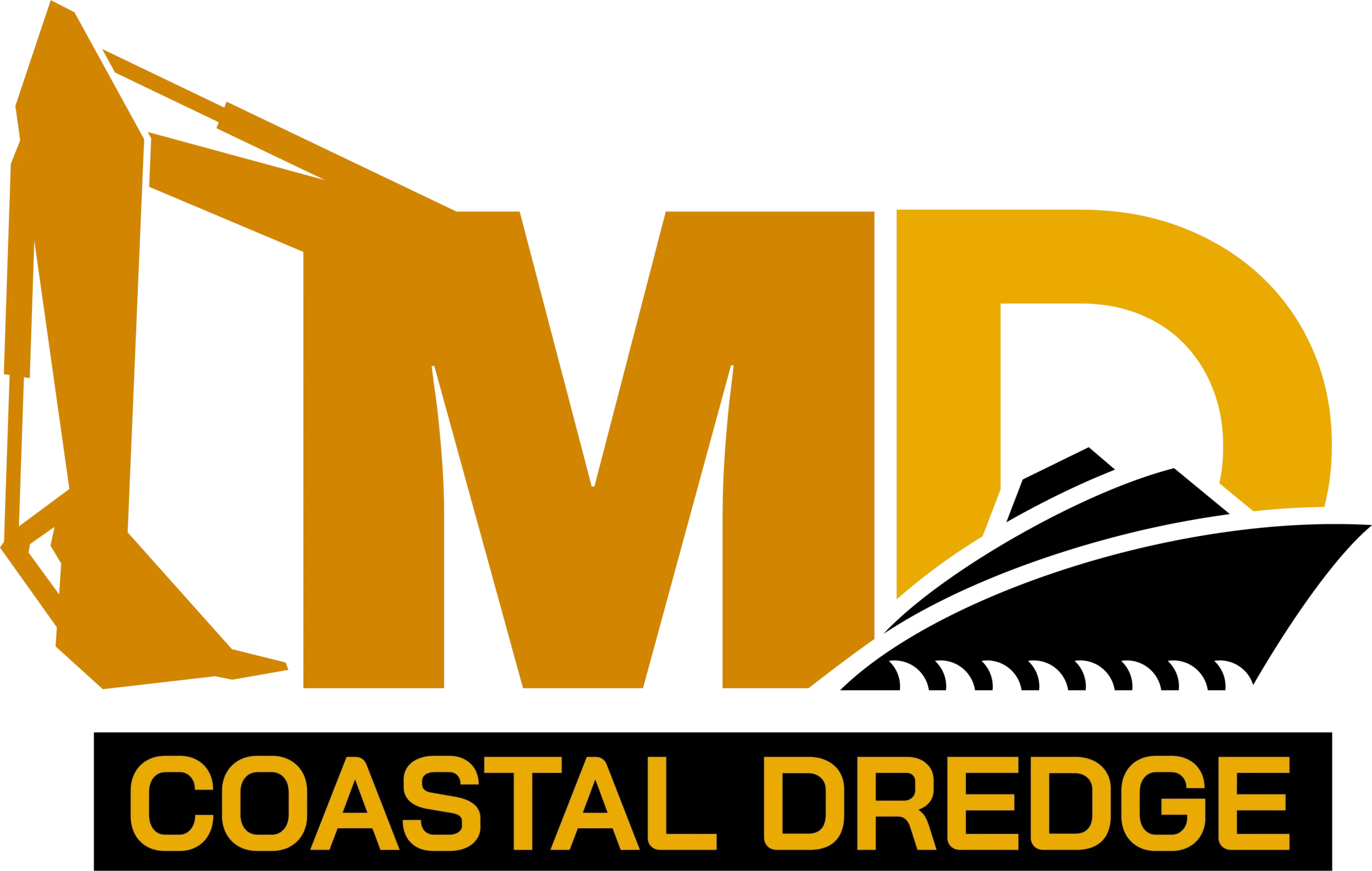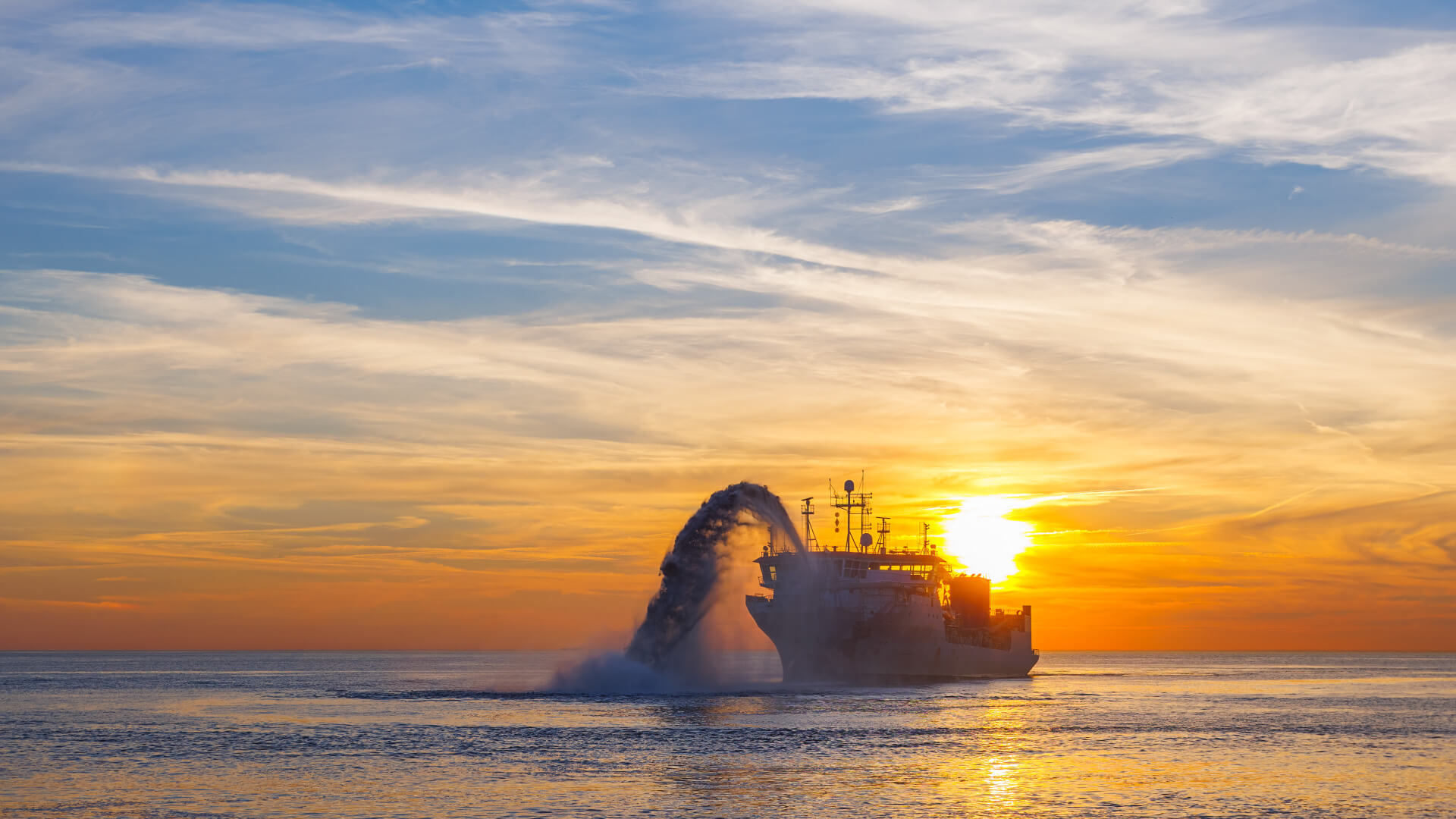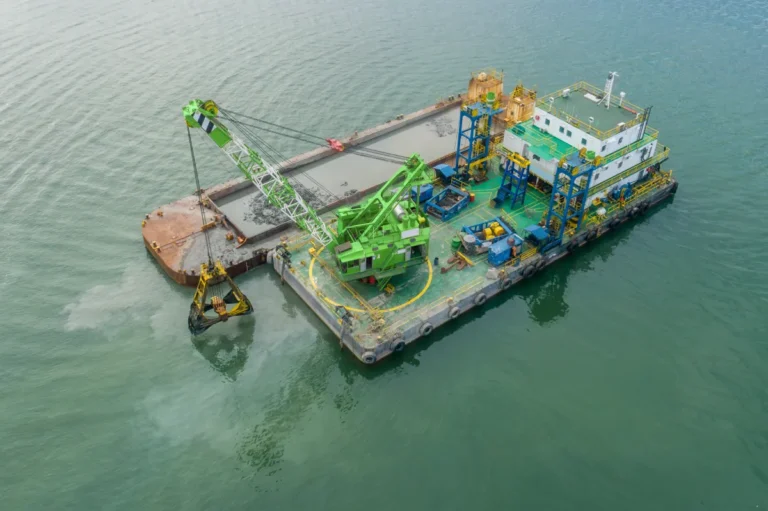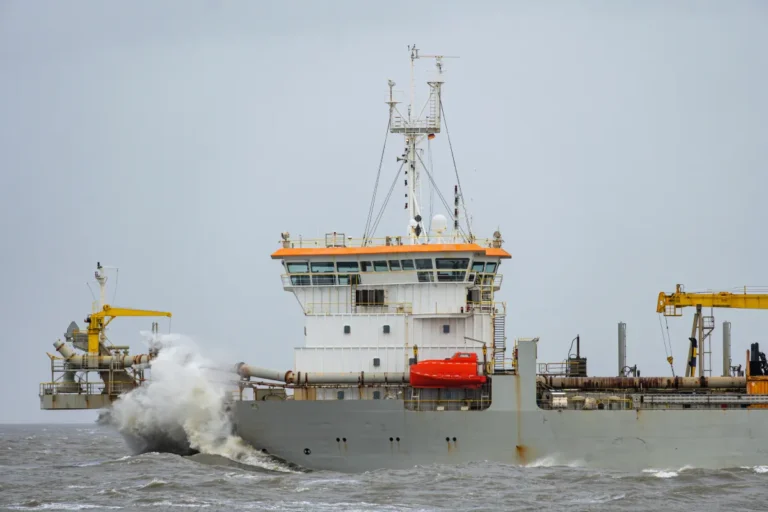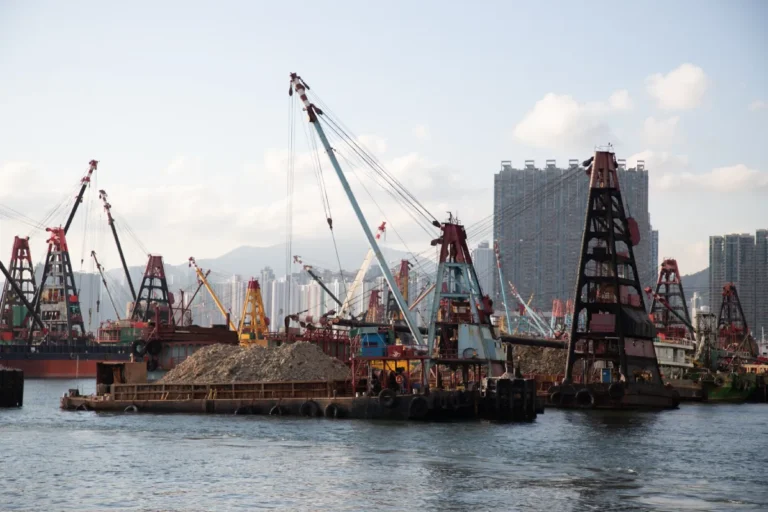Coastal zones serve as the lifeblood of global commerce and environmental diversity. These dynamic areas are home to major ports, bustling harbors, and critical ecosystems. They support trade, transportation, tourism, and fisheries—while also acting as natural buffers against storms and rising sea levels. Given their economic and ecological significance, maintaining the functionality and resilience of coastal infrastructure is essential.
Harbor dredging plays a foundational role in ensuring that coastal zones remain navigable, efficient, and environmentally sustainable. At its core, harbor dredging involves the removal of sediment, silt, and debris from the bottom of harbors, ports, and shipping channels. Over time, natural sedimentation can make these waterways too shallow for vessels to pass safely, leading to operational delays and increased risk of accidents. This is where specialized equipment like a harbor dredger comes into play—excavating and relocating material to restore required depth and channel width.
In addition to maintaining navigability, dredging for harbor operations supports broader coastal management goals. These include reinforcing shoreline stability, enhancing flood protection, and preserving sensitive marine habitats, whether it’s keeping global supply chains moving or fortifying coastlines against climate impacts. Harbor dredging stands at the intersection of maritime logistics, environmental stewardship, and coastal resilience.
Understanding Harbor Dredging

Harbor dredging is the process of excavating accumulated sediments and debris from the bottom of harbors, ports, and navigational channels. This process is essential for maintaining adequate water depth to accommodate commercial vessels, fishing boats, cruise ships, and other maritime traffic. Without regular dredging, sediment buildup can reduce navigability, increase the risk of vessel grounding, and hinder port operations.
The primary materials removed during dredging for harbor projects include fine silt, sand, mud, gravel, and artificial debris. These materials naturally accumulate over time due to tidal movement, river discharge, and coastal erosion. In high-traffic or storm-prone areas, this sedimentation process can occur rapidly, making regular dredging critical for uninterrupted harbor access.
A wide range of equipment is used to perform harbor dredging, each suited to specific site conditions and material types. Common types of harbor dredgers include:
- Cutter Suction Dredgers (CSDs): These dredgers use a rotating cutter head to loosen material, which is then sucked up and pumped through a pipeline.
- Clamshell Dredgers: Equipped with a bucket-like mechanism, these are ideal for precision dredging in confined or urban harbor areas.
- Trailing Suction Hopper Dredgers (TSHDs): These vessels are designed for large-scale projects, sucking up material while in motion and storing it onboard for later disposal.
- Backhoe Dredgers: Featuring a mechanical arm and bucket, they are often used near docks or other hard-to-reach areas.
Harbor dredging operations can be categorized into two main types: routine and emergency. Routine dredging is scheduled at regular intervals to maintain navigational depth and ensure harbor efficiency. Emergency dredging, on the other hand, is conducted in response to unexpected sedimentation, storm damage, or obstructions that pose immediate risks to vessels and infrastructure.
By understanding the methods, materials, and machinery involved in dredging for harbor applications, port authorities and coastal managers can better plan for long-term maritime and environmental sustainability.
The Role of Harbor Dredging in Coastal Management

Maintaining Navigational Depths
One of the primary objectives of harbor dredging is to preserve navigational depth in shipping channels, berths, and turning basins. As sediment naturally accumulates over time, water depth can decrease, making it difficult for vessels to enter or exit ports safely. Regular dredging for harbor use ensures these pathways remain clear, allowing for the smooth and efficient flow of maritime traffic.
Without routine dredging, the risk of ship groundings increases significantly, posing safety hazards and costly delays. Shallow or obstructed waterways can also lead to congestion, as vessels must wait for high tides or rerouting, which can disrupt port schedules and affect global supply chains.
Coastal Erosion Control
In addition to supporting navigation, harbor dredging plays a crucial role in managing coastal erosion. Dredged material—especially clean sand—can be repurposed for beach nourishment projects, helping restore eroded shorelines and recreational beaches. This not only improves coastal aesthetics but also strengthens the natural barrier between land and sea.
Reinforcing shorelines, dredging for harbor activities help mitigate the impacts of storm surges and rising sea levels. Strategically placed sediment can act as a buffer, reducing wave energy and protecting infrastructure, communities, and natural habitats from further degradation.
Flood Risk Mitigation
Flood management is another key benefit of harbor dredging, particularly in low-lying coastal regions. Over time, sediment can clog stormwater outfalls, drainage basins, and tidal channels—limiting their capacity to carry runoff during heavy rainfall or high tide events.
Through the targeted removal of this buildup, dredging operations help restore flow capacity and prevent water from backing up into urban and residential areas. Effective dredging for harbor use is critical in supporting natural drainage systems and reducing the frequency and severity of coastal flooding.
Habitat Protection and Environmental Stewardship
Modern harbor dredging projects are increasingly designed with environmental sensitivity in mind. Sediment management practices now prioritize the careful handling, testing, and placement of dredged material to avoid contamination and protect marine life.
Advanced harbor dredger technology enables greater precision and control, minimizing disruption to benthic habitats and nearby ecosystems. Real-time monitoring systems, turbidity controls, and seasonal work windows are among the tools used to ensure dredging aligns with environmental regulations and conservation goals.
By combining strategic planning with sustainable practices, harbor dredging supports both the functional and ecological integrity of coastal regions.
Economic Impact of Harbor Dredging
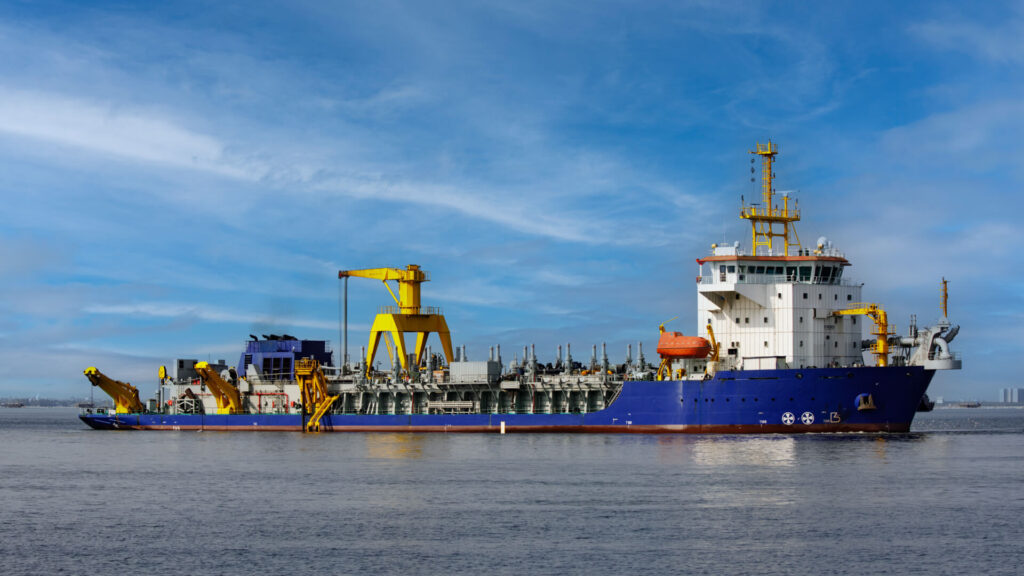
Supporting Global Trade and Logistics
Modern ports are vital hubs for global commerce, handling the vast majority of international trade. Harbor dredging ensures that these ports can accommodate increasingly larger cargo vessels and cruise liners, which require deeper channels and turning basins for safe navigation. Without adequate depth, ports risk losing business to better-equipped competitors.
Through regular dredging for harbor access, ports remain competitive and operationally efficient. By enabling smoother vessel movement and reducing delays caused by shallow waters, harbor dredging directly supports import/export operations and keeps goods moving across international markets. This efficiency enhances the overall performance of supply chains and contributes to economic stability.
Boosting Local Economies
Beyond global trade, harbor dredging provides significant benefits at the local level. The dredging industry itself creates a variety of jobs, from equipment operators and engineers to environmental consultants and logistics coordinators. Additionally, improved port access helps grow local shipping, warehousing, and transportation sectors.
The positive economic impact also extends to industries such as fishing, tourism, and recreational boating. By maintaining navigable waterways, dredging for harbor use supports marinas, charter services, waterfront attractions, and local fisheries—many of which are key economic drivers for coastal communities.
Infrastructure Longevity
Over time, sediment buildup can put undue pressure on critical infrastructure, including docks, seawalls, and bulkheads. If left unaddressed, this accumulation can accelerate wear and lead to costly repairs or premature failure of port facilities.
Routine harbor dredging helps mitigate these risks by reducing sedimentation around key structures, ensuring they operate efficiently and remain in good condition. With proper maintenance, ports can avoid expensive emergency repairs and extend the lifespan of critical assets. The use of advanced harbor dredger equipment allows for precise, targeted dredging, reducing unnecessary wear and ensuring long-term infrastructure integrity.
By improving trade access, supporting local industries, and preserving critical infrastructure, harbor dredging remains a key contributor to both regional and global economic growth.
Technological Advancements in Harbor Dredging
As global demands on ports and coastal infrastructure continue to grow, so does the need for more efficient and environmentally responsible harbor dredging solutions. Today’s advancements in dredging technology are transforming how projects are planned, executed, and monitored—improving both performance and sustainability.
Innovations in Harbor Dredger Design and Automation
Modern harbor dredgers are more powerful, precise, and adaptable than ever before. Innovations in dredger design have led to the development of multi-functional equipment capable of operating in diverse conditions with minimal environmental impact. Automation has also played a significant role, with smart dredging systems that can optimize cutting, suction, and discharge operations in real time.
These advancements reduce fuel consumption, increase operational uptime, and allow for safer, more consistent dredging for harbor projects. Automation also improves crew safety by limiting manual intervention and enhancing control over complex dredging tasks.
GPS-Guided Dredging and Real-Time Monitoring
The integration of GPS and GIS technologies has revolutionized how harbor dredging operations are managed. Dredgers now use high-precision GPS-guided systems to map underwater topography and guide excavation with pinpoint accuracy. This results in more efficient material removal, better compliance with dredging tolerances, and reduced over-dredging.
Real-time monitoring systems provide continuous data on dredge head position, sediment levels, turbidity, and equipment performance. Project managers can use this data to make immediate adjustments, reduce rework, and ensure that dredging remains on schedule and within environmental guidelines.
Eco-Friendly Dredging Solutions
With growing attention to environmental protection, the harbor dredging industry is increasingly adopting sustainable practices and equipment. Many modern harbor dredgers are outfitted with eco-friendly features designed to minimize turbidity and marine ecosystem disruption. This includes specialized suction heads, silt curtains, and low-turbulence dredging techniques.
In addition, dredging projects often incorporate environmentally sound sediment disposal methods, such as beneficial reuse for habitat restoration or beach replenishment. These sustainable approaches ensure that dredging for harbor maintenance aligns with coastal conservation and long-term ecological health.
Regulatory and Environmental Considerations
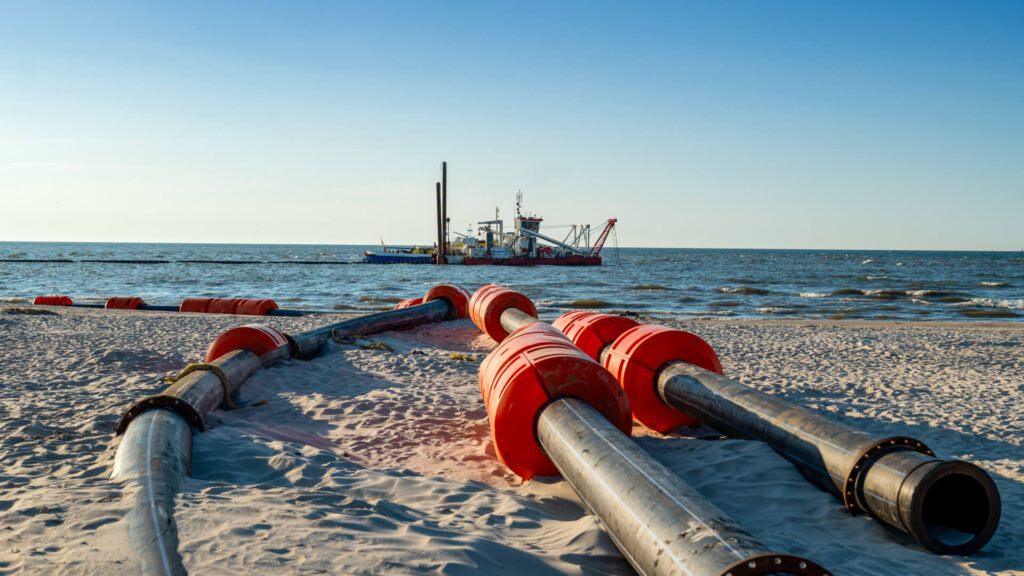
Successful harbor dredging projects require more than just the right equipment—they must also meet rigorous regulatory and environmental standards. Governments and environmental agencies closely oversee dredging for harbor operations to ensure that they are conducted responsibly and in compliance with national and international guidelines.
Permitting and Compliance Requirements
Before any harbor dredging activity can begin, operators must secure the appropriate permits from regulatory authorities. These permits often depend on detailed project plans, sediment testing data, and environmental risk assessments. Permitting processes vary by country and region but generally aim to ensure that dredging activities protect water quality, marine habitats, and nearby communities.
Compliance is enforced throughout the project with routine inspections and mandatory reporting. Operating without a permit—or failing to follow approved conditions—can result in legal penalties, project delays, and environmental damage.
Sediment Testing, Impact Assessments, and Community Engagement
One of the first steps in any dredging for harbor project is sediment testing. Analyzing the physical and chemical properties of the dredged material determines how and where it can be disposed of—or whether it can be reused for beneficial purposes like land reclamation or beach nourishment.
Environmental Impact Assessments (EIAs) are also critical. These studies evaluate how dredging may affect marine life, water quality, and nearby ecosystems. In many cases, mitigation strategies—such as using low-turbidity harbor dredgers or scheduling work to avoid sensitive seasons—are required to reduce environmental risks.
Public and stakeholder engagement is another key element. Local communities, environmental groups, and commercial stakeholders are often invited to provide input during the planning process. Transparent communication builds trust, addresses concerns early, and can lead to more efficient project implementation.
International Standards and Best Practices
Globally, harbor dredging is guided by best practices developed by organizations like PIANC (The World Association for Waterborne Transport Infrastructure), the International Association of Dredging Companies (IADC), and the International Maritime Organization (IMO). These standards emphasize sustainability, safety, and innovation in dredging for harbor operations.
From sediment management protocols to advanced harbor dredger technology and environmentally conscious disposal methods, adherence to international best practices ensures dredging projects are both effective and responsible—protecting the long-term health of our coastal and marine environments.
Conclusion
Harbor dredging remains a cornerstone of effective coastal management and global maritime operations. From maintaining safe navigational depths and mitigating flood risks to reinforcing shorelines and supporting beach nourishment, dredging plays a vital role in the long-term sustainability of coastal infrastructure. With the help of advanced harbor dredger technology and real-time monitoring systems, ports can now carry out dredging operations with greater precision, efficiency and with minimal environmental disruption.
As the demands on coastal regions continue to grow, so does the importance of responsible and well-regulated dredging for harbor use. By aligning with international best practices and adhering to strict environmental standards, harbor authorities, contractors, and stakeholders can ensure that dredging not only supports economic growth but also protects the ecosystems and communities that rely on these critical waterways. The future of harbor dredging lies in balancing progress with preservation—making it an essential component of resilient and adaptive coastal development.
